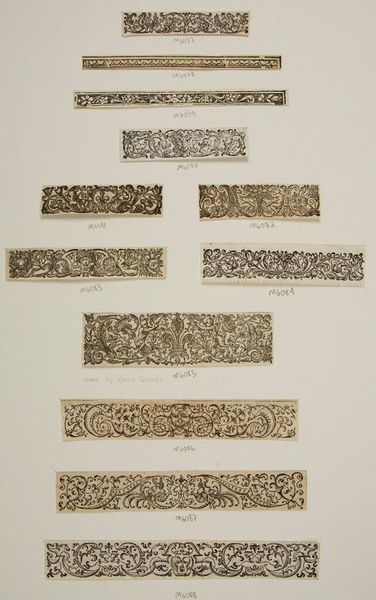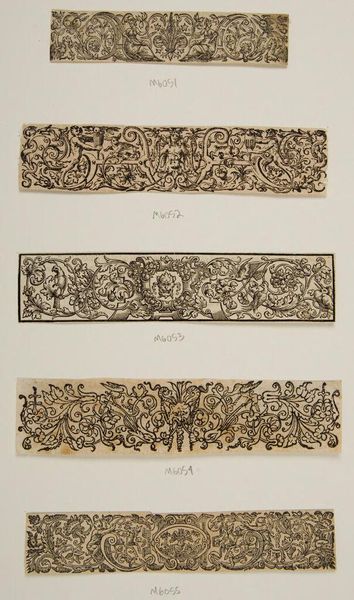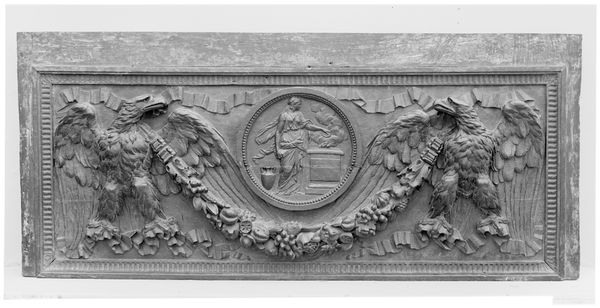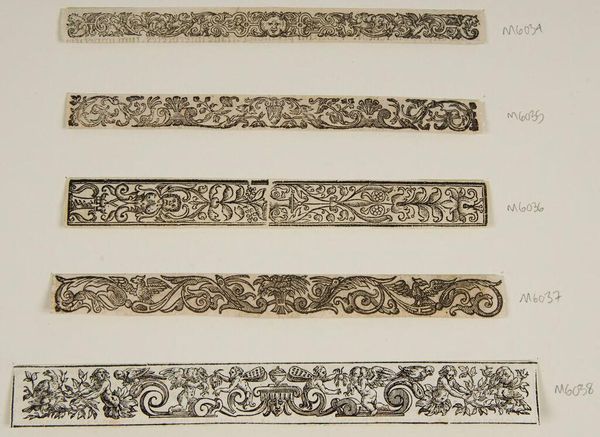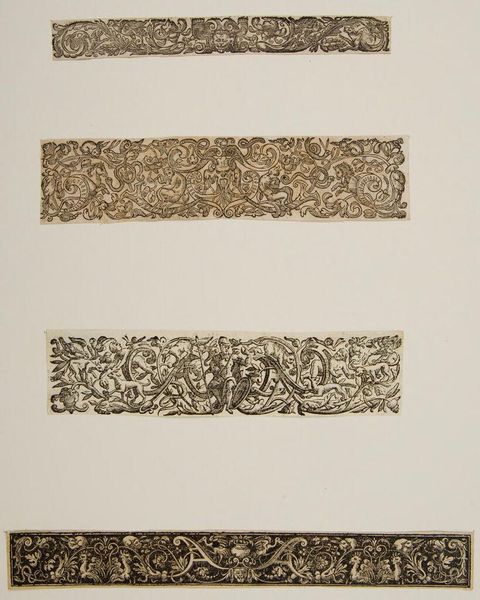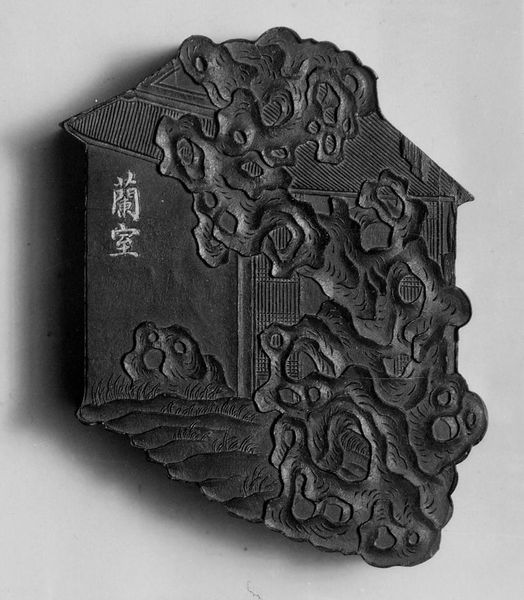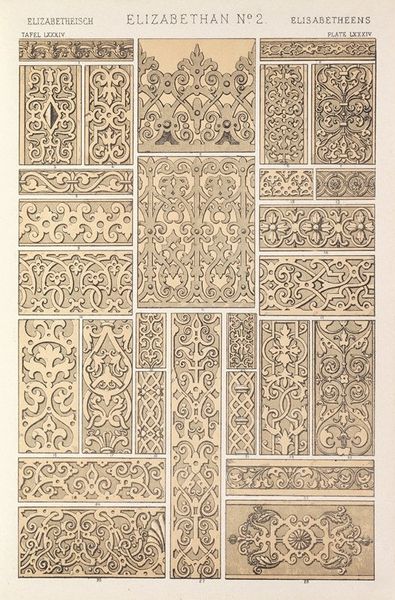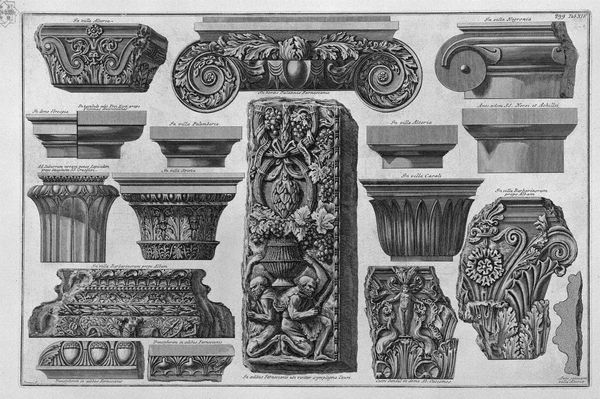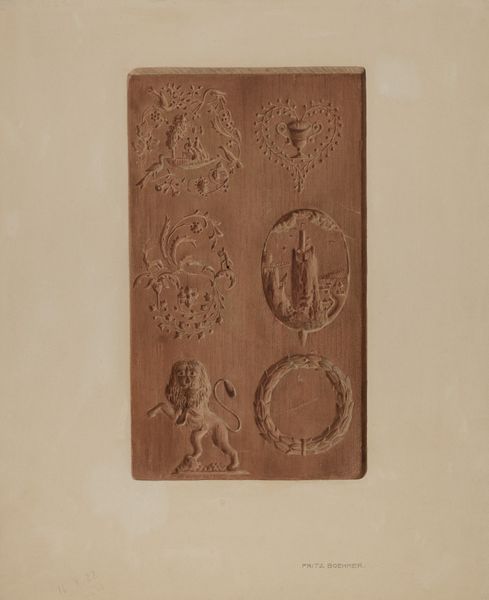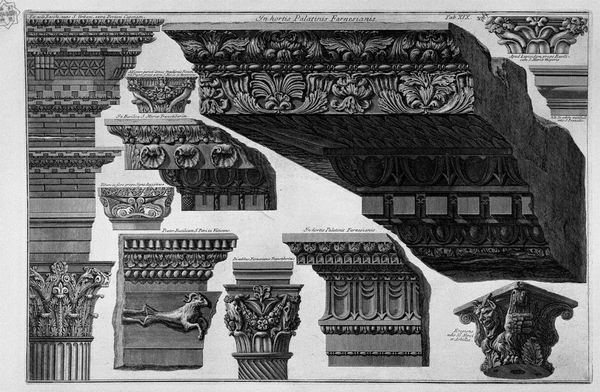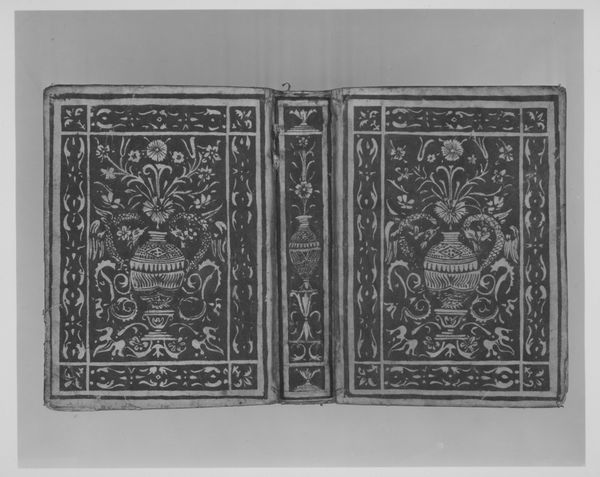
carving, sculpture, wood
#
carving
#
figuration
#
11_renaissance
#
female-nude
#
sculpture
#
carved
#
wood
#
decorative-art
#
male-nude
Dimensions: 3 1/2 × 11 1/4 in. (8.9 × 28.6 cm)
Copyright: Public Domain
Editor: We’re looking at a set of carved wooden panels—it’s titled “Panel Fragment,” from the 16th century, by Barthélémy Prieur, here at the Met. It strikes me how this collection showcases different textures, from smooth figures to ornate floral designs. What narratives do you see unfolding here? Curator: Oh, my dear, what a delightful question. I see whispers of Renaissance ideals flirting with the rustic touch of skilled craftsmanship. These panels, each a fragmented poem, evoke a longing for stories half-told. Can you imagine these once gracing a grand armoire, holding secrets of powdered wigs and stolen glances? Editor: Absolutely, each panel feels like a secret world! The reclining nude, for example – she exudes a sensual vulnerability. It's like glimpsing a private moment in a grand narrative. Curator: Precisely! And the other panels—geometric, floral—aren't just decorative filler; they're rhythms in a forgotten dance. They serve, too, as contrasts: order against abandon, heavenly symmetry echoing earthly desires. Do you feel the artist is almost playfully hiding sacred and profane subject matter amongst the pattern work? Editor: I think so! Looking closely at the nude figure it feels reminiscent of classical statues in renaissance paintings. Curator: Consider how this was viewed during its time. An individual’s perspective dictated what their personal interpretation was. Art is like staring into a well. You might see your own face, but there's more down there than meets the eye! Editor: That's beautifully put! It encourages me to go deeper when I encounter this sort of art and also research it outside of simply looking at it, especially considering its cultural context. Curator: Indeed, my friend. These panels are not just relics of the past; they're invitations to reimagine it and hopefully to use the art of that era as inspiration in our own present moment.
Comments
No comments
Be the first to comment and join the conversation on the ultimate creative platform.

